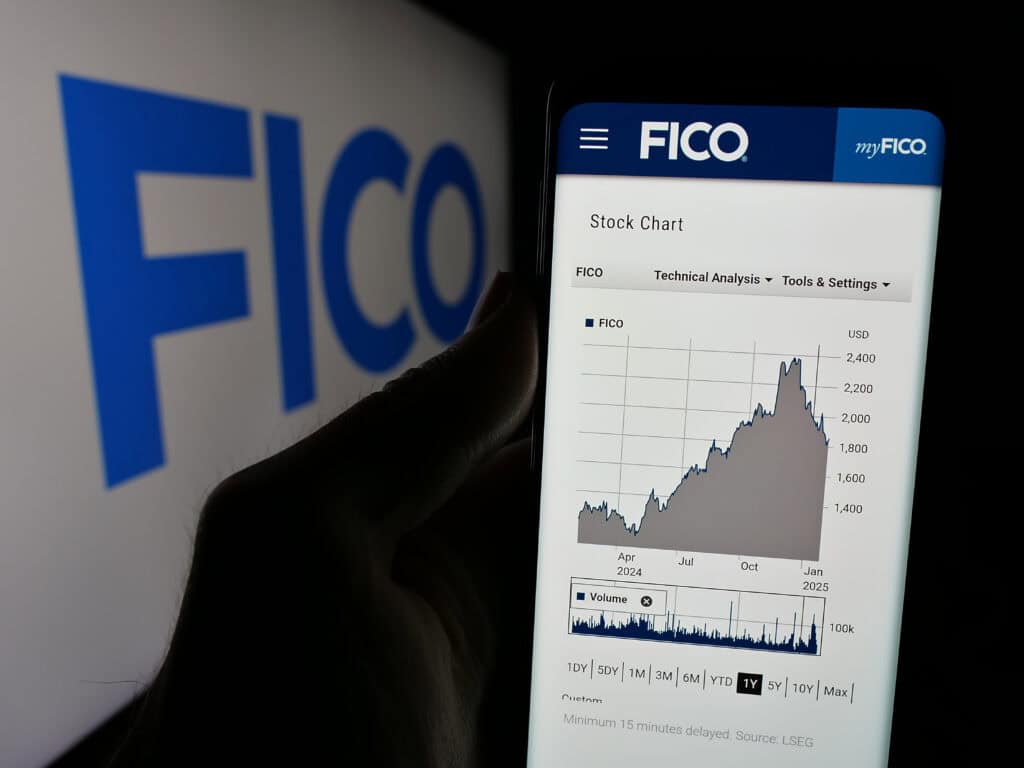A significant policy shift has occurred, impacting the accessibility of FHA loans for non-permanent residents in the United States. Effective today, the Federal Housing Administration (FHA) has updated its guidelines to restrict these loans to permanent residents (green card holders) only. This change marks a notable departure from previous policy and could affect a sizable group of potential homebuyers.
Understanding Non-Permanent Residency
To grasp the implications of this change, it’s crucial to understand who is classified as a non-permanent resident. These individuals are legally residing in the U.S. for a specific duration, often tied to employment, education, or other temporary visas.
Previously, non-permanent residents were eligible for FHA loans under certain conditions. These typically included:
- A valid Social Security Number (SSN)
- An Employment Authorization Document (EAD)
Examples of visas that previously allowed non-permanent residents to be eligible for FHA loans include:
- H-1B: For specialty occupation workers
- E-2: For treaty investors
- L-1: For intracompany transferees
- O-1: For individuals with extraordinary ability in their field
These guidelines had opened the door to homeownership for skilled professionals, investors, and others contributing to the U.S. economy. The new restriction, however, slams that door shut.
Impact on Mortgage Originations
FHA loans are a popular choice among homebuyers—particularly first-time buyers—due to their lower down payment requirements and more flexible credit score guidelines compared to conventional loans. By removing non-permanent residents from eligibility, the FHA is narrowing the pool of qualified borrowers.
This policy change could have several effects on the mortgage market:
Reduced Loan Volume
Lenders may experience a decrease in FHA loan applications, especially in urban areas with higher immigrant populations. Regions with high concentrations of foreign workers or students may feel this shift more acutely.
Shift to Other Loan Types
Non-permanent residents seeking homeownership may now need to explore alternative financing options:
- Conventional loans, which usually come with stricter income, credit, and documentation requirements
- Non-QM (non-qualified mortgage) loans, which allow for more flexibility but may feature higher interest rates and down payments
Some borrowers may turn to private lending institutions, which operate outside the traditional loan framework but are often more expensive.
Potential Market Cooling
In some housing markets, this change could contribute to a mild cooling effect. When a segment of qualified buyers is removed, demand may decrease slightly—particularly in markets where immigrant workers make up a substantial share of homebuyers.
FHA’s Rationale
FHA states that this policy change is intended to prioritize legal U.S. residents and protect the integrity of government-insured loan programs. The underlying concern is that a non-permanent resident’s immigration status could change, potentially affecting their ability to fulfill long-term financial obligations, such as mortgage payments.
While the FHA’s reasoning may be rooted in risk mitigation, critics argue that this move could unfairly limit access to stable housing for productive and law-abiding residents who contribute to the U.S. economy.
Broader Implications and Reactions
This policy change marks a significant shift in FHA lending practices. It also raises important questions about the intersection of immigration policy and housing access. With homeownership being a key driver of long-term wealth and community stability, restricting FHA loans for non-permanent residents could have deeper implications than just a drop in loan volume.
What Are the Alternatives for Non-Permanent Residents?
If you’re a non-permanent resident looking to buy a home, here are a few alternatives to FHA loans:
- Explore conventional loans: If you have strong credit, steady employment, and a sizable down payment, you may still qualify.
- Non-QM loans: These are designed for borrowers who don’t fit traditional lending guidelines. They come at a cost, but they can work for many visa holders.
- Check with local credit unions: Some community lenders may offer custom programs with more flexible terms.
It’s also worth working with a mortgage broker familiar with immigrant borrower options, who can help you navigate the increasingly complex landscape.
Final Thoughts
This change in FHA loan eligibility for non-permanent residents underscores a shifting mortgage landscape. While the FHA’s goal is to focus on long-term loan sustainability, the immediate result is a reduction in accessible pathways to homeownership for thousands of non-permanent residents.
Homeownership has long been a cornerstone of the American Dream. For many, this policy change could delay or derail that dream. Whether or not other lending institutions or government programs step up to fill the void remains to be seen.











